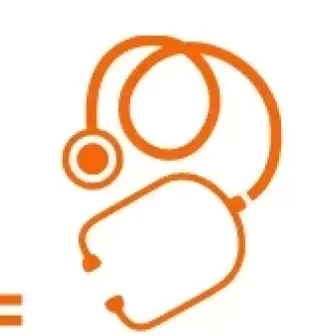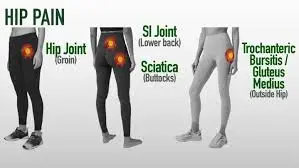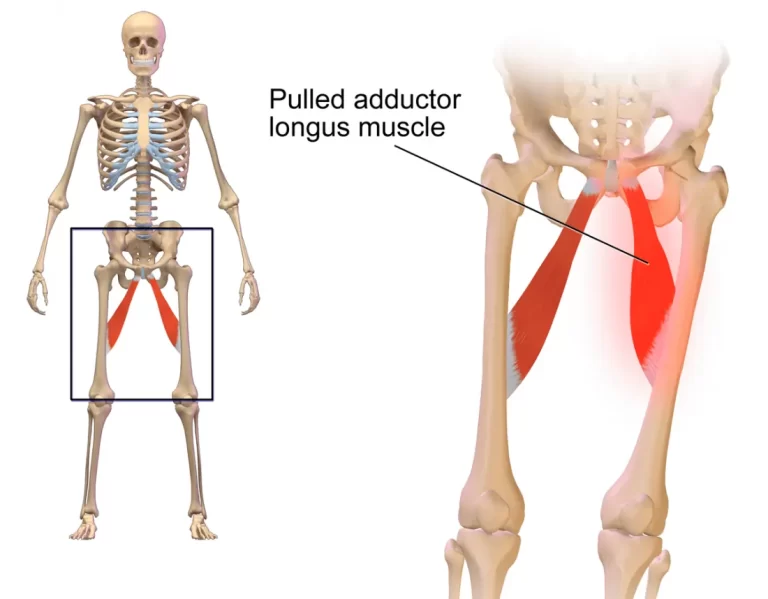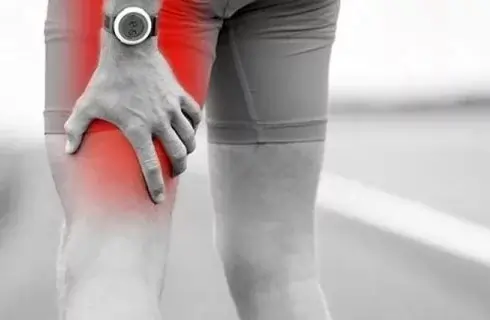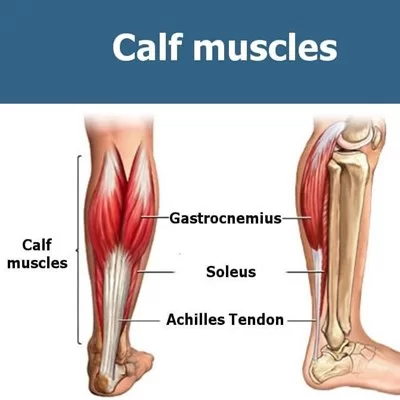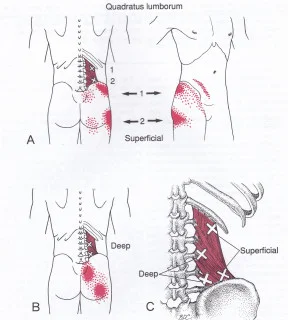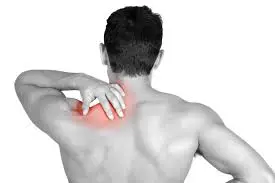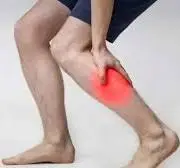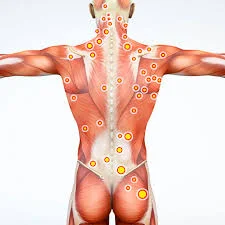Hip Pain Location Diagram
Introduction Acute, searing, or throbbing hip pain are typical symptoms. Mild to severe could be the range of severity. Hip pain has numerous potential causes, ranging from severe conditions like fractures or joint infections to less serious issues like bursitis. Your healthcare provider can help determine the cause and assist in developing a treatment plan….
